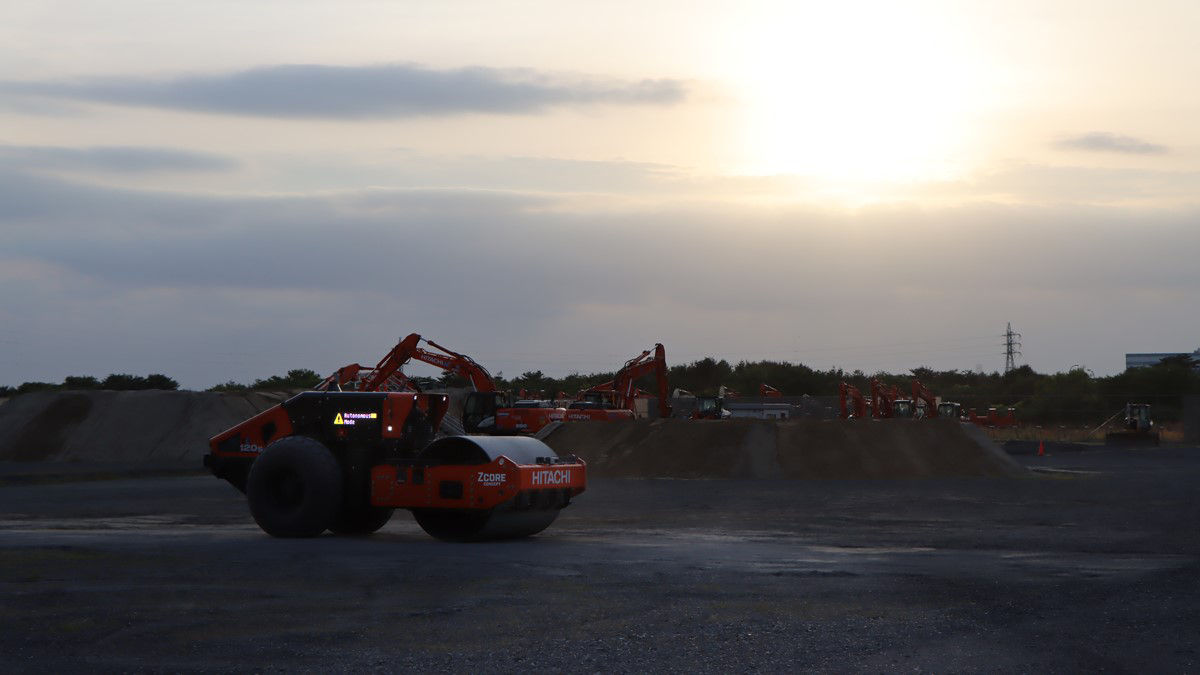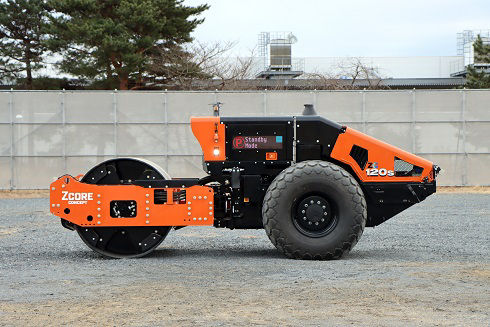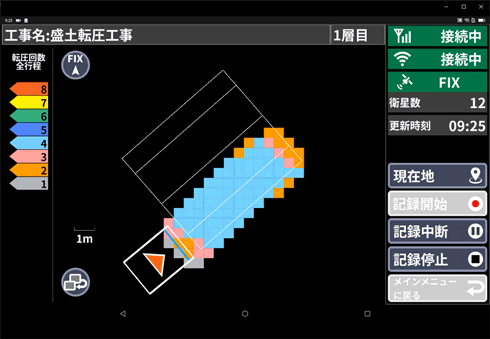Developing an Autonomous Compaction System using a Vibratory Roller for Earthwork
Developing an Autonomous Compaction System using a Vibratory Roller for Earthwork
Hitachi Construction Machinery Group works on developing autonomous construction equipment that can work in collaborative safety with humans and ICT/IoT technology for improving safety and productivity at construction sites. One such project under development is an autonomous compaction system using vibratory roller for earthwork.
Roads are broadly divided into four layers: the subgrade, subbase course, base course, and surface course. Vibratory rollers are utilized to compact the subgrade, which is the base layer of a road. They are also used in the preparation of dams, airports, and residential land. The construction of robust infrastructure requires the formation of base layers that are strong enough to withstand the loads they will be subjected to, and machinery needs to move back and forth countless times to ensure that the soil is evenly compacted. This means that autonomous operation requires a high level of driving accuracy.

Prototype Vibratory Roller for Earthwork

Looking ahead to commercialization, we are conducting verification test of prototypes applied with the “ZCORE®” system platform for autonomous construction machinery. The prototype has no driver seat. The machinery is moved to the construction site via wireless control, without an operator on board and then switched to the autonomous operation mode when it arrives at the intended location. During autonomous operation, the machinery automatically drives along a set route to compact the soil, and automatically stops if there are any obstacles along the way. The operation status and health of the machinery are indicated with an LED panel, flashlight, and buzzer to ensure that the machinery can operate in collaboration with nearby workers.
Compaction Management System
This system configures the area for compaction and manages/displays the driving route of the machinery and the number of times that compaction is to be performed. The operator can check the compaction status in real-time using a tablet device connected to the machinery via wireless LAN. The travel data of the machinery is recorded using a satellite positioning system, and any areas that were missed or areas with insufficient compaction can be checked at a glance via the color coded display of compaction counts. The system also enables compact records to be retrieved from the Cloud to check past work and create forms based on work history.


